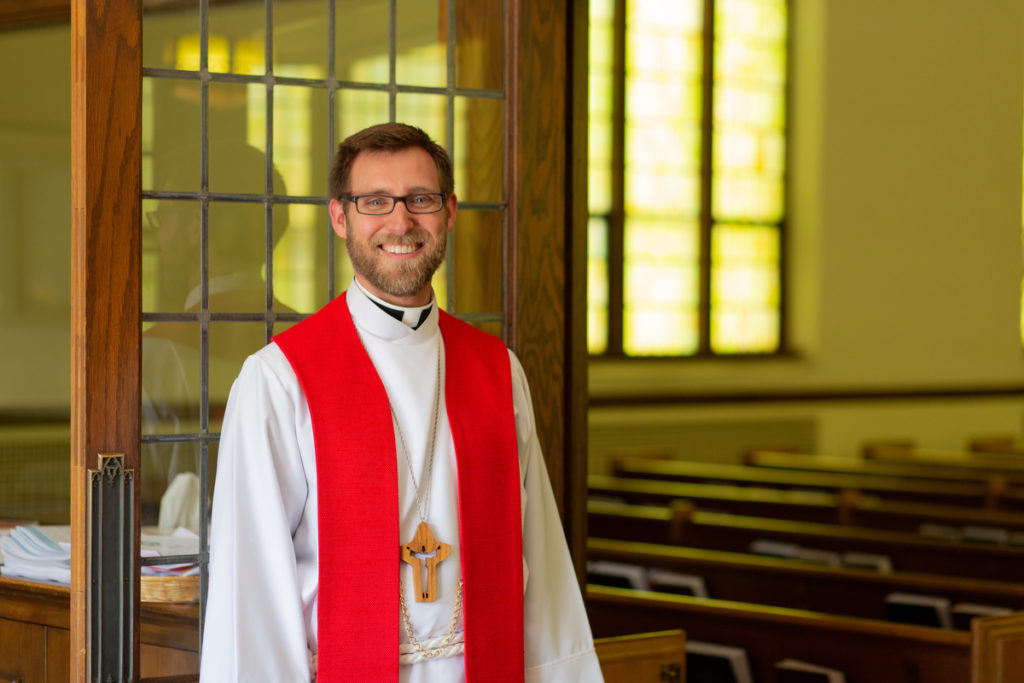As I sit here, under Oregon’s version of quarantine, I have been reflecting on the extraordinary challenges facing American society in general, but also local churches in particular. Even with the uncertainties of how the current pandemic will be playing out over the next six to eighteen months, there are a few predictions I think we can make with a relatively high degree of confidence.
Predictions
First, no matter how quickly and efficiently local and state governments suspend legal restrictions to allow businesses, schools, and churches to reopen, this will not result in an immediate return to the life we knew before this last January. And it’s not just cruise lines and airlines who will discover that it might take one to two years to return to “business as usual”; this will also be true for small, local businesses and, I dare say, many churches. My oldest son, Jason, is CEO of the non-profit Oregon Restaurant and Lodging Association. As you can imagine, the business owners he serves have seen a virtual collapse of their industry. And for many of them their restaurants and hotels will never reopen. So besides trying to help his members access limited federal and state loans to survive in the short-term, Jason is now, with his staff, wrestling with how he can advise his members when it comes to the challenge of motivating their customers to return once business restrictions are lifted. Many pastors and church leaders will be facing a similar challenge in the months ahead.
Second, until we have an effective and available vaccine, there will be on-going anxiety and uncertainty in many if not most American communities. Epidemiologist Michael Osterholm of the University of Minnesota, put it well when quoted in the April 22nd issue of The Washington Post. “As a country, we’re unprepared not just logistically but mentally for this next phase.” He expressed, in this article, that most Americans do not grasp the difficult months ahead and the likelihood of repeated surges of the virus. “For a while, people were told all we need is to get past the peak. Then, they started hearing all we need is testing…The way you prepare people for a sprint and marathon are very different. As a country, we are utterly unprepared for the marathon ahead.” I anticipate that while most of the country begins “opening up”, the national media will be quick to highlight news stories of those communities which will occasionally be dealing with local outbreaks. This will result in increased anxiety in the rest of the country; even to some degree in communities that have no covid-19 patients in their local hospital. And I suspect this anxiety will be especially prevalent among older adults concerned about their own personal vulnerabilities to this virus. Because of this, pastors and lay leaders need to factor in the median age of their members when trying to anticipate the ministry challenges ahead.
The above predictions have profound implications for local congregations. And they will impact, in particular, four areas of congregational life: community service, worship ministries, member care, and financial giving.
1. Community Service Outreach It is essential, given the scope of the financial damage our nation has incurred in just the last couple of months, that Christian congregations be proactive in reaching out to those in need, especially in their local communities. Our economy is already in a new, major recession. Millions are suddenly out of work, and food banks across the country have been inundated by unprecedented numbers of people in need of emergency assistance. The local church needs to step up, for two reasons: First, because it has always been our scriptural mandate. And second, because each of our congregations will likely be judged, by many of the unchurched and dechurched members of our communities, based on how we respond to those in need during this national crisis. Virtually every community now has significant numbers of residents who are poor, unemployed, and struggling to address their most basic financial needs. In addition, there are many people who are struggling with the social isolation that has become the by-product of this pandemic.
2. Worship Ministries A little historical perspective: This is the first time in U.S. history that there has been a nation-wide, mass closure of churches. Not even during the 1918 influenza epidemic did so high a percentage of churches have to close. So needless to say, these are “uncharted waters.” Recently the American Enterprise Institute published, in the March 29th issue of The New York Times, a detailed plan for what restrictions should be maintained in local communities before our return to some kind of “normal”. One particular recommendation caught my attention: That assemblies of more than fifty people be prohibited until there is an available and effective vaccine. So, let’s imagine that this becomes the norm. What would the consequences be for local churches? Well, that depends, to a large degree, on congregational size. For mid-sized and larger churches this will mean depending on a quality, on-going, weekly online worship ministry; maybe through 2021! For smaller churches, it will mean limiting the size of their worship gatherings; possibly offering two weekly services instead of one in order that neither service exceed 50 worshipers. One idea, before regular services resume, is to survey your members regarding what kind of precautions they would prefer in order to give them “peace of mind” regarding public assembly.
3. Member Care I think it’s imperative that every congregation be even more vigilant than usual in monitoring the well-being of their members. I’m concerned that this might not be taking place in mid-sized and larger churches where it’s more difficult, even in “normal times”, to provide for the emotional and spiritual needs of individual members. And there is nothing “normal” about these current “times”! This might be a good time to organize a team of volunteers to take the lead on guaranteeing that every member is being cared for. After all, the social isolation alone is making this an incredibly difficult time for many of our people. And don’t forget your members who are health care workers and first responders. Many of them are dealing with extraordinary and unprecedented levels of stress and anxiety.
4. Finally, the challenge of Financial Giving. My guess is that a great many churches will be closing their doors over the next couple of years. The combination of pandemic anxiety, cancelled worship services, and the new economic crisis will require very proactive stewardship strategies in the months ahead. This is the time for pastors and congregational leaders to prayerfully discuss ways to encourage members to continue in the faithful stewardship of their financial resources.




















Thank you Don for a thoughtful and helpful analysis our current situation. Blessings on you.